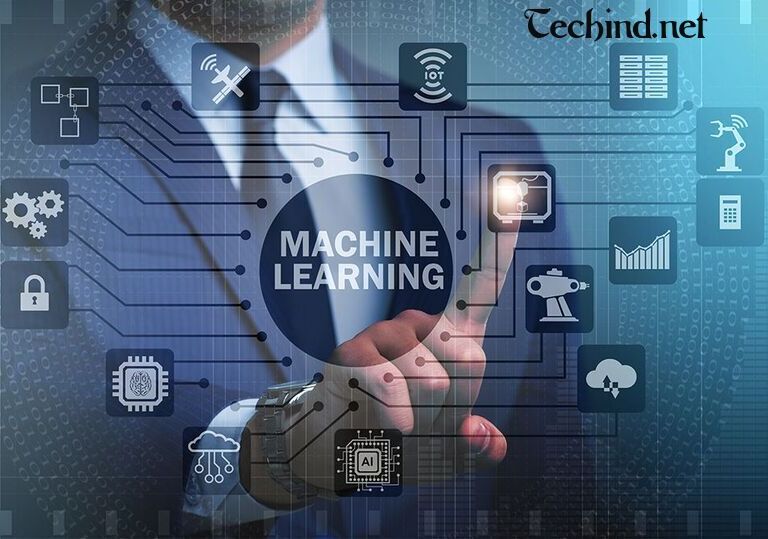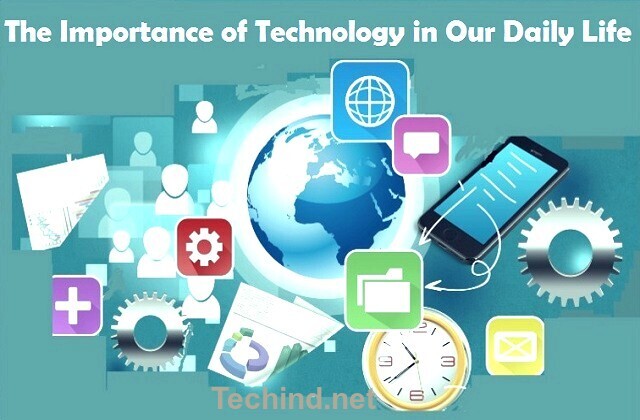
Technology has been evolving at an unprecedented pace, and the future seems to be even more exciting.
Definition of Future Technologies
Future technologies refer to the emerging and rapidly evolving technologies that are expected to have a significant impact on human society in the near and distant future. These technologies are constantly evolving and are expected to bring about significant changes in various fields, including healthcare, transportation, communication, and entertainment.
Some examples of future technologies include artificial intelligence (AI), blockchain technology, quantum computing, nanotechnology, biotechnology, and renewable energy. These technologies are expected to revolutionize the way we live, work, and interact with each other.
AI, for instance, has the potential to transform various industries by automating repetitive tasks, improving decision-making processes, and enhancing the overall efficiency of operations. Blockchain technology, on the other hand, is expected to transform the way we conduct transactions by providing a secure and transparent platform for peer-to-peer transactions.
The impact of future technologies on society is immense, and it is important for individuals and organizations to keep up with the latest developments in these areas to remain competitive and relevant. As these technologies continue to evolve, it is essential to ensure that their development and implementation are guided by ethical principles and considerations to avoid any negative impacts on society.
Importance of Understanding Future Technologies
Technological advancements are moving at an unprecedented pace, with new innovations and breakthroughs being introduced every day. It is crucial to understand future technologies as it can help individuals and organizations to stay ahead of the curve, gain a competitive advantage, and be prepared for potential disruptions.
One of the primary reasons to understand future technologies is to identify the emerging trends and opportunities. By keeping up with the latest technological developments, individuals and businesses can identify new markets, products, and services that can help them grow and expand their offerings. For instance, organizations that adopted cloud computing early on were able to gain a significant competitive advantage by reducing IT costs, improving scalability, and enhancing accessibility.
Another reason to understand future technologies is to remain relevant in the job market. With automation and artificial intelligence becoming increasingly prevalent, many jobs are at risk of being replaced by machines. By understanding these technologies, individuals can identify the skills they need to develop to remain employable and valuable in the future job market.
Here are some of the emerging technologies that may shape our future:
Artificial Intelligence (AI)
Artificial Intelligence (AI) refers to the ability of machines to perform tasks that typically require human intelligence, such as visual perception, speech recognition, decision-making, and language translation. AI systems are designed to learn from experience and improve their performance over time without explicit programming. The field of AI includes various subfields, such as machine learning, natural language processing, computer vision, and robotics. AI has numerous applications in various industries, including healthcare, finance, transportation, and entertainment.
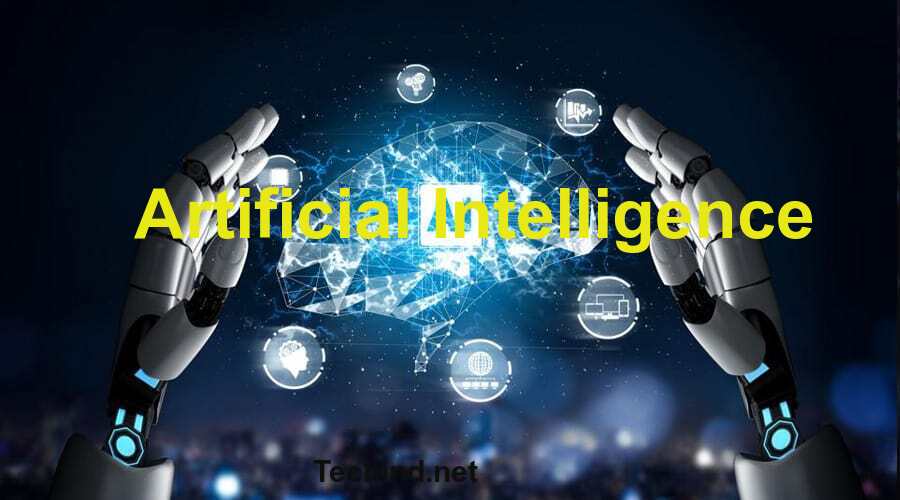
Artificial Intelligence is expected to revolutionize different industries, and it has already started doing so. With the help of AI, machines can learn from data and improve their performance without human intervention. AI-driven chatbots, self-driving cars, and virtual assistants are some examples of how AI is changing the world.
Examples of AI in use today
Artificial intelligence (AI) is rapidly changing the way we live and work. Here are some examples of how AI is being utilized today:
Personal Assistants
AI-powered personal assistants like Siri, Alexa, and Google Assistant are becoming increasingly popular. These assistants can help you with tasks such as setting reminders, scheduling appointments, and even controlling your smart home devices.
Healthcare
AI is being used extensively in healthcare, from medical imaging to drug discovery. AI is helping doctors detect diseases such as cancer at an earlier stage, and it is also being used to develop new treatments and drugs.
Finance
AI is revolutionizing the finance industry. Banks and financial institutions are using AI to detect fraud, automate customer service, and even develop investment strategies.
eCommerce
AI is also being used in eCommerce to improve the customer experience. AI-powered chatbots are being used to help customers find products and make purchases, while recommendation engines are helping retailers suggest products based on a customer’s browsing history.
Manufacturing
AI is being used in manufacturing to optimize production processes and reduce downtime. AI-powered robots are being used to perform tasks such as quality control, while machine learning algorithms are being used to predict equipment failures and prevent downtime.
These are just a few examples of how AI is being used today. As the technology advances, we can expect to see even more applications of AI in our daily lives.
Future potential of AI
Artificial intelligence (AI) has the potential to revolutionize the way we live and work. As technology advances, AI is becoming more sophisticated and capable of performing tasks that were previously only possible for humans. Here are some of the ways AI could transform the future:
Healthcare
AI has the potential to improve healthcare in many ways. It can analyze patient data to help doctors make more accurate diagnoses, and it can assist in the development of new drugs. AI-powered robots can also perform surgeries with greater precision and speed than human surgeons.
Transportation
Self-driving cars are already on the roads, and they are expected to become even more common in the coming years. AI can also be used to optimize traffic flow, reducing congestion and improving safety.
Education
AI-powered tutoring systems can provide personalized learning experiences for students, helping them to learn more efficiently and effectively. AI can also be used to automate grading, freeing up teachers to focus on other tasks.
Manufacturing
AI-powered robots can perform repetitive tasks faster and more accurately than humans, and they can work around the clock without getting tired. This can lead to increased efficiency and productivity in manufacturing.
Entertainment
AI can be used to create more immersive and interactive experiences in gaming and virtual reality. It can also be used to personalize content recommendations for users, improving the overall user experience.
Overall, the potential of AI is vast and varied. As technology continues to advance, we can expect to see even more innovative uses of AI in the future.
Internet of Things (IoT)
The Internet of Things (IoT) refers to the network of physical objects or “things” embedded with sensors, software, and other technologies to connect and exchange data with other devices and systems over the internet. These devices can range from simple household appliances to complex industrial equipment, and they can communicate with each other and with humans to perform various tasks and improve efficiency and convenience in various aspects of our lives. The potential applications of IoT are vast, including smart homes, healthcare, transportation, agriculture, and much more.
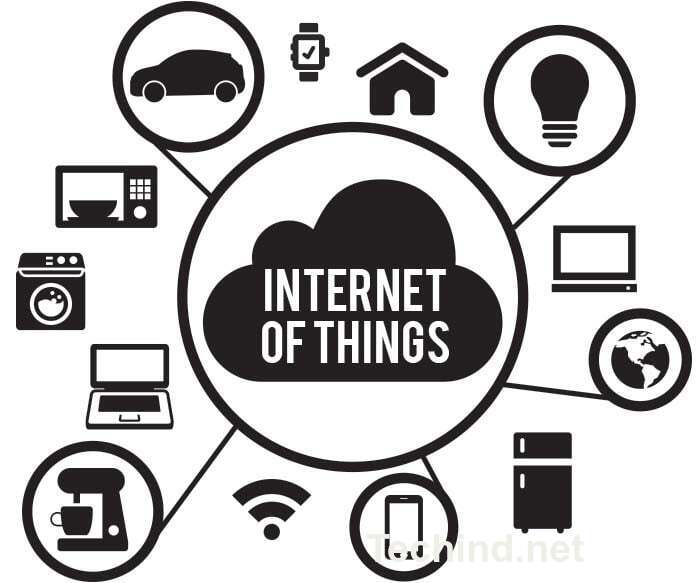
IoT refers to the network of devices connected to the internet that can communicate with each other. These devices are embedded with sensors and software that allow them to collect and exchange data. The IoT technology is already being used in smart homes, healthcare, and transportation, and it is expected to grow exponentially in the future.
Examples of IoT in use today
The Internet of Things (IoT) has rapidly grown in popularity over the past few years. It refers to the connection of everyday devices to the internet, enabling them to send and receive data. Here are some examples of IoT in use today:
- Smart homes: Smart home devices are becoming increasingly popular, allowing homeowners to control various aspects of their homes using their smartphones. For example, smart thermostats can learn your schedule and adjust the temperature accordingly, while smart locks allow you to remotely lock or unlock your doors.
- Wearables: Wearable devices such as fitness trackers, smartwatches, and health monitors are examples of IoT technology. These devices collect data about your health and fitness, allowing you to track your progress and make more informed decisions about your lifestyle.
- Smart cities: Cities are beginning to use IoT technology to improve services and infrastructure. For example, sensors can be placed in streetlights to monitor traffic and adjust signal timings accordingly, while waste management companies can use sensors to optimize garbage collection routes.
- Industrial IoT: IoT technology is being used in manufacturing and industrial settings to improve efficiency, reduce downtime, and increase safety. For example, sensors can be placed on machinery to monitor performance and identify potential problems before they occur, while wearable devices can be used to monitor the health and safety of workers.
These are just a few examples of how IoT is being used today. As the technology continues to develop and become more widespread, we can expect to see even more innovative uses of IoT in the future.
Future Potential of IoT
The Internet of Things (IoT) has become an increasingly popular concept in recent years. It refers to the network of physical devices, vehicles, home appliances, and other items that are connected and exchange data with each other, without human intervention. IoT has already revolutionized many industries, including healthcare, transportation, and manufacturing. However, the potential of IoT is far from being fully realized.
- One of the most promising areas of IoT is smart cities. The use of IoT sensors and devices can help cities become more efficient, sustainable, and livable. For example, smart traffic management systems can reduce congestion and improve safety by analyzing real-time data from connected vehicles and traffic signals. Smart waste management systems can optimize waste collection schedules and reduce landfill waste by using sensors to monitor and analyze garbage levels. Smart lighting systems can automatically adjust lighting levels based on occupancy and natural light levels, reducing energy waste and costs.
- Another area where IoT has tremendous potential is healthcare. IoT devices can help improve patient outcomes by providing real-time monitoring, analysis, and intervention. For example, wearable devices can track vital signs and alert healthcare providers if there are any abnormalities. Smart pillboxes can remind patients to take their medications and alert healthcare providers if medications are missed. IoT devices can also help with remote healthcare delivery, allowing patients to receive care from the comfort of their homes.
Blockchain
Blockchain is a decentralized ledger that records transactions in a transparent and secure manner. It has been used to create cryptocurrencies like Bitcoin, but its potential goes far beyond that. Blockchain can be used to create secure voting systems, supply chain management, and even to prevent fraud in healthcare.
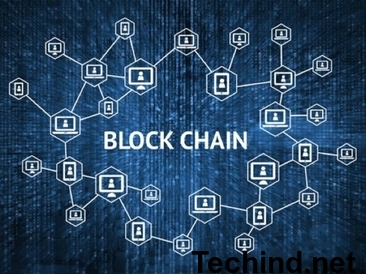
Blockchain is a type of distributed ledger technology that allows for secure and transparent recording of transactions. It is a decentralized and digital database that stores information across a network of computers. Each block in the chain contains a unique digital signature and a record of recent transactions. Once a block is added to the chain, it cannot be altered or deleted without the consensus of the network. This makes blockchain an extremely secure and tamper-proof system for storing and sharing data.
Examples of Blockchain in use today
Blockchain is a distributed ledger technology that has been gaining widespread attention in recent years. Here are some examples of how it is being used today:
- Cryptocurrencies: The most well-known use case for blockchain technology is cryptocurrencies such as Bitcoin and Ethereum. These digital currencies use blockchain as a secure and transparent way to record transactions.
- Supply Chain Management: Several companies are using blockchain to improve supply chain management. For example, Walmart is using blockchain to track the origin of its products, which allows it to quickly trace the source of any quality issues.
- Voting Systems: Blockchain is being explored as a way to ensure secure and transparent voting systems. By using blockchain, it is possible to create a tamper-proof record of votes that can be audited by anyone.
- Smart Contracts: A smart contract is a self-executing contract with the terms of the agreement between buyer and seller being directly written into lines of code. Blockchain is being used as a way to facilitate the creation and execution of smart contracts.
- Identity Verification: Blockchain can be used to create a secure and tamper-proof record of a person’s identity. This can be useful for online transactions where identity verification is required.
- Energy Trading: Blockchain can be used to create a decentralized market for energy trading. This can help to reduce the cost of energy and increase the use of renewable energy sources.
These are just a few examples of how blockchain technology is being used today. As the technology continues to evolve, it is likely that we will see even more innovative use cases in the future.
Future Potential of Blockchain
Blockchain, the underlying technology behind cryptocurrencies, has been gaining widespread attention in recent years. While its most popular application has been in the form of digital currencies, the potential uses of blockchain technology extend far beyond this.
One of the most promising applications of blockchain is in the field of supply chain management. By using blockchain, companies can create a permanent, tamper-proof record of every transaction along the supply chain, from raw materials to the end product. This can increase transparency, reduce fraud, and improve efficiency.
Another area where blockchain has the potential to make a significant impact is in the field of identity management. By creating a secure, decentralized system for managing identities, individuals can have greater control over their personal data and reduce the risk of identity theft.
Importance of Staying Up-to-Date with Future Technologies
In today’s rapidly evolving world, staying up-to-date with future technologies is crucial for businesses, organizations, and individuals. The technological landscape is constantly changing, and new advancements are being made every day.
Staying up-to-date with future technologies provides several benefits. It helps businesses and organizations remain competitive in their respective industries. By adopting new technologies, companies can streamline their operations, increase productivity, and improve customer satisfaction.
For individuals, staying up-to-date with future technologies is essential for career growth and development. With the advent of artificial intelligence, automation, and other advanced technologies, the job market is changing. In order to remain relevant and employable, individuals must stay abreast of these changes and acquire new skills.
In addition, staying up-to-date with future technologies can also lead to new opportunities. Emerging technologies often create new markets and industries, providing individuals and businesses with opportunities to innovate and succeed.
Conclusion:
These emerging technologies are just a glimpse of what the future holds. As technology continues to evolve, it will bring new opportunities and challenges that we need to be prepared for.
Staying up-to-date with future technologies is no longer a luxury, but a necessity. By doing so, businesses, organizations, and individuals can reap the benefits of increased productivity, competitiveness, and career growth.
![Error [pii_email_4dd09cddea0cd66b5592] with Outlook- Solutions that Will Work](https://techind.net/wp-content/uploads/2024/01/Error-pii_email_4dd09cddea0cd66b5592-with-Outlook-Solutions-that-Will-Work.png)
